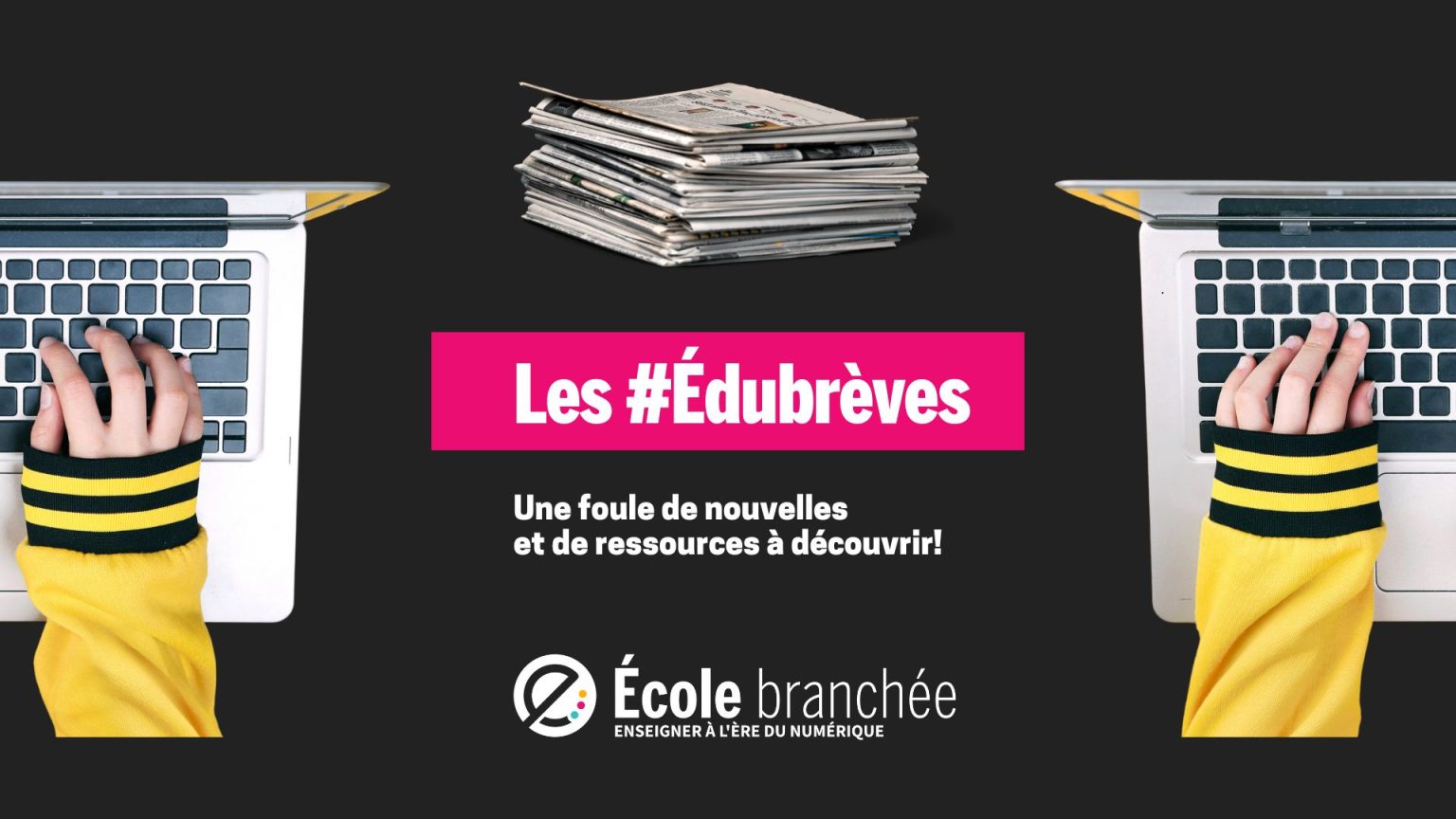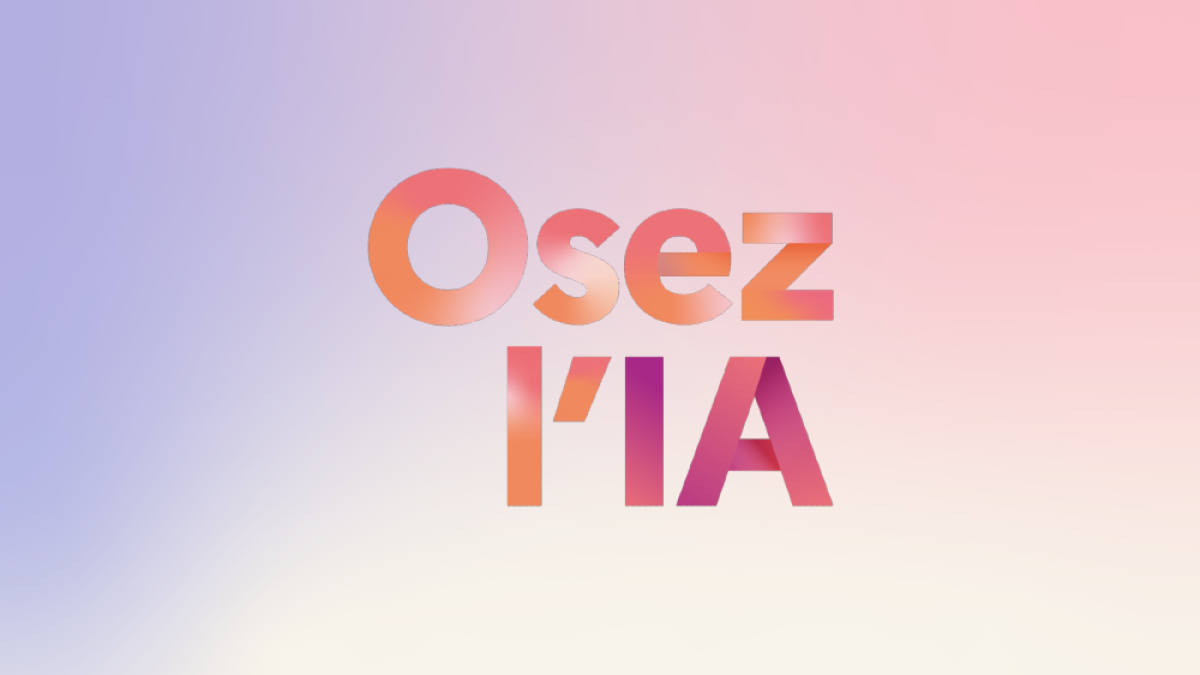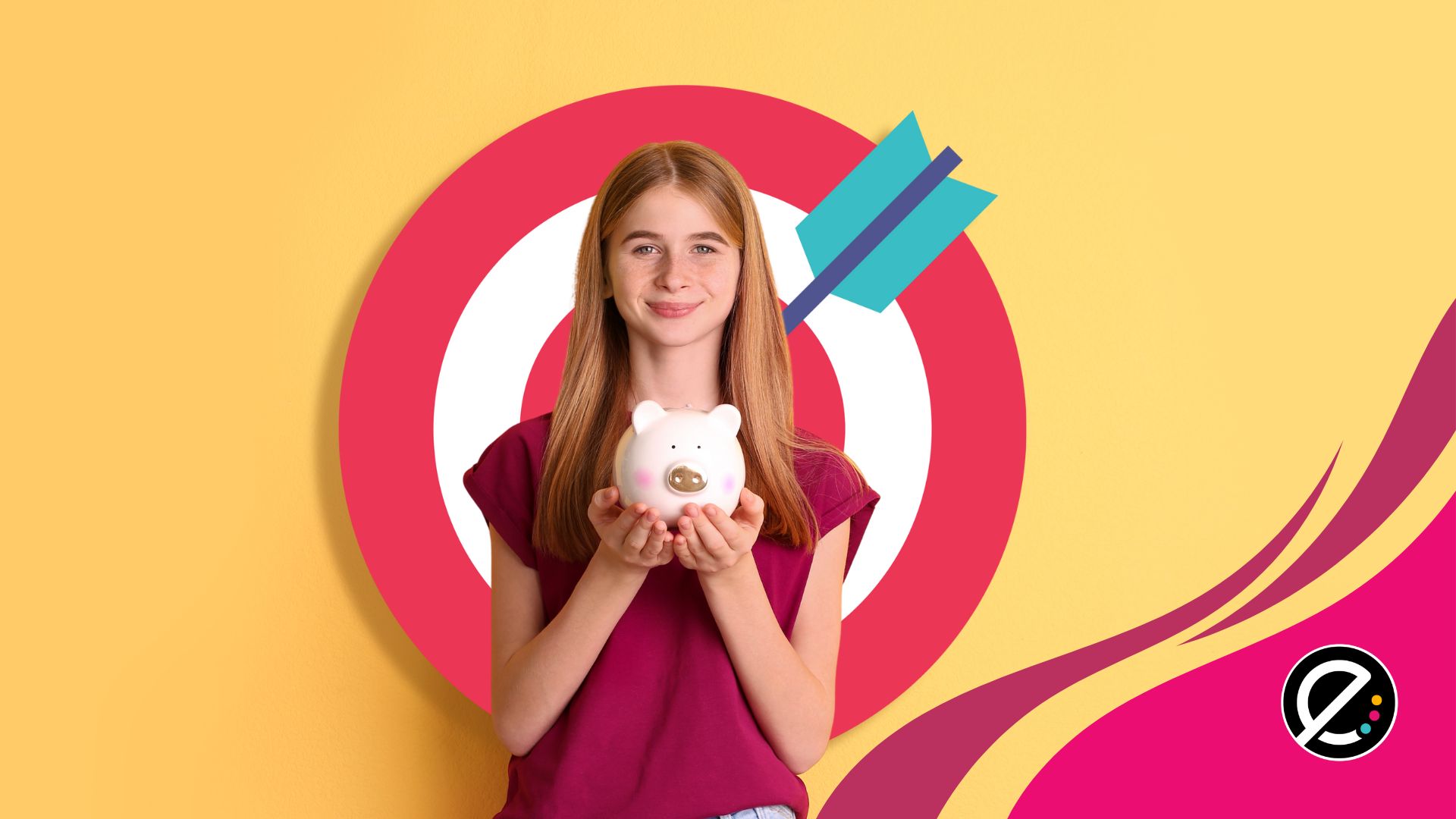L’ensemble de mon article est inspiré de la formation donnée par Mélanie Jannard au congrès 2018 de l’AQPF.
Comme vous l’avez surement remarqué : le mot « booktube » est un mot-valise formé à partir de la traduction anglaise du mot « livre » et de « YouTube ». Qu’est-ce qu’un booktube et comment l’utiliser à des fins pédagogiques?
Le book « quoi »?
Ce genre de critique littéraire s’inscrit parfaitement dans notre ère où la vidéo est consommée en masse et où les gens désirant s’exposer sur les réseaux sociaux ont un accès quasi illimité aux plateformes leur permettant de le faire de diverses façons. C’est donc en associant littérature et vidéo que sont nés les booktubes. Dans ce type d’enregistrement, le booktubeur offre son interprétation et son appréciation d’une ou de plusieurs œuvres littéraires.
Comme pour tout genre, le booktube a ses propres caractéristiques. Une des plus importante, c’est qu’on voit transparaître la personnalité du locuteur. En effet, l’artiste y inclut quelques anecdotes personnelles ou encore des expériences de lecture connexes afin de bien faire passer son message. En fonction du contenu à présenter, le booktube peut durer entre une et dix minutes. Il est fortement suggéré de faire un plan afin de bien suivre le fil conducteur de la critique. Comme dirait Mélanie Jannard, auteure et booktubeuse, il est facile de se perdre dans ses idées quand on part sans s’être préparé. D’ailleurs, elle propose un tutoriel accessible afin de produire soi-même son contenu.
Et la pédagogie dans tout ça?
Avec la présence de plus en plus importante du numérique en éducation, pourquoi ne pas motiver nos jeunes à produire du contenu autour de la littérature? Si vous parlez avec vos élèves, vous allez vite découvrir qu’ils sont de fins consommateurs de YouTube et de vidéos, toutes plus différentes les unes que les autres. En tant que pédagogues, nous avons la responsabilité de les guider vers les bonnes pratiques en lien avec le Web. Leur faire consommer du contenu qui traite de lecture, c’est une idée qui fait partie des pratiques probantes.
De plus, il est intéressant de travailler la compréhension des œuvres lues. En français, il faut évaluer plusieurs critères en lecture tels que la compréhension, l’interprétation, la réaction et le jugement critique. Il est possible, à partir de consignes pour la production d’un booktube, de diriger les élèves vers l’élaboration de leur capsule autour de réponses répondant à ces contraintes. Vous retrouverez ici un exemple de consignes données à des élèves de première secondaire ainsi qu’un exemple de booktube réalisé à partir de ces directives.
Finalement, le goût de la lecture est un cheval de bataille important dans les écoles. Pourquoi ne pas utiliser un projet tel que le booktube pour motiver les élèves à trouver un livre qu’ils aiment, que ce soit un roman, un roman graphique, une bande dessinée, une série de magazines ou autre? Il est beaucoup plus facile de parler d’un livre qu’on a aimé que le contraire. Utilisez les ressources pour aider les élèves à en trouver un à leur goût : votre technicienne en documentation (une vraie mine d’or!), les critiques littéraires sur les réseaux sociaux et finalement, les booktubes déjà existants.
D’ailleurs, en parlant des booktubes déjà en ligne, il peut être intéressant de partager les productions de vos élèves sous forme de codes QR dans la bibliothèque de votre école afin que d’autres utilisateurs puissent consulter la critique et ainsi se diriger vers la lecture du livre présenté. C’est une excellente façon de réinvestir le travail accompli.
Somme toute, le booktube est une belle piste à explorer en lien avec la technologie. Les élèves pourront explorer les différentes applications de montage vidéo et ainsi améliorer leur compétence avec l’utilisation des TICS en plus de réinvestir de leurs connaissances en français. Bon booktubing!






